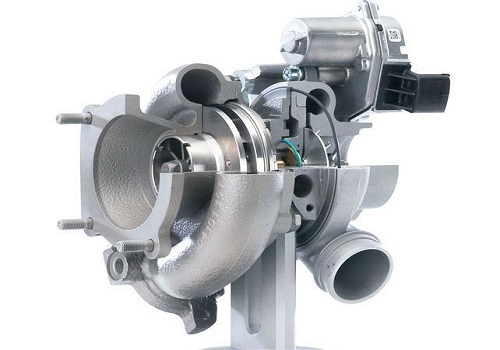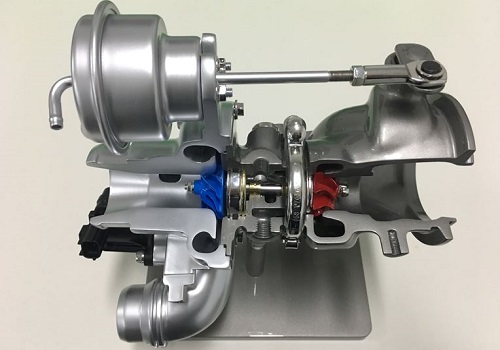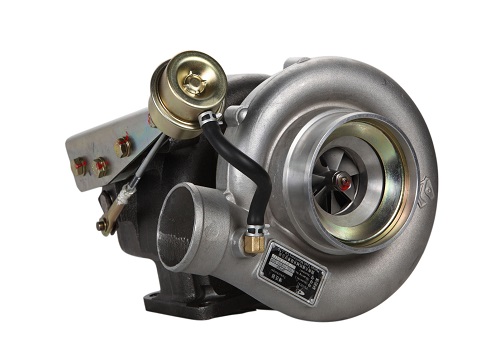
The working principle of the automotive turbocharger bypass valve
2022-11-04 12:14First, the working principle of the bypass valve turbocharger
At high speed and high load, the bypass valve of the turbochargerS410 169060 136-7619 0R7142 TURBO
accessories is opened, and part of the exhaust gas directly enters the exhaust pipe through
the bypass valve, releasing part of the exhaust gas, and the turbine speed decreases, so as to control
the pressure of the boost. There are two control methods of bypass valve turbochargers, one is
mechanical supercharging, which is usually used in truck diesel engines; The other is electronic
control, which is usually used in cars.

Second, the structure and working principle of mechanical control bypass valve
Mechanical control bypass valve is mainly composed of control air chamber, tie rod, solenoid valves,
etc. Pressurized gas on the left side of the diaphragm in a bypass valve actuator. When the engine
runs at low speed, the compressor outlet pressure is low, the bypass valve is closed under the action
of the return spring, and the exhaust gas discharged by the engine all passes through the turbine
end of the supercharger, thereby increasing the speed of the turbine, which can generate a large
intake boost pressure, increase the intake air, and improve the low-speed performance of the
engine.

Third, the structure and working principle of electronically controlled bypass valve
The opening and closing of the exhaust bypass valve is controlled by a pressurized pressure control
solenoid valve controlled by the ECU of the electronic control unit. The ECU of the electronic control
unit monitors the working conditions of the engine, compares with the internal preset parameters,
and controls the opening time of the solenoid valve accordingly, so as to change the opening of the
exhaust bypass valve, control the exhaust bypass flux, and accurately adjust the pressurization
pressure.

